 Remember learning your multiplication tables? The concept is powerful for fundraising!
Remember learning your multiplication tables? The concept is powerful for fundraising!
People love to S-T-R-E-T-C-H their dollars.
This is the basic psychology underlying “BOGO” (Buy One; Get One free) and “2 for the price of 1” sales. For a variety of reasons, we’re crazy about getting a good deal!
If I get more for my money, that’s smart.
It’s frugal to find ways to leverage our family’s spending.
I like to use my money in the most effective way I can.
It’s easy to apply these desires – to be smart, frugal and effective — to the creation of compelling fundraising offers.
All you have to do is go back to third grade!
2 X 1 = Twice as much!
Why not put that education to use in order to create your most compelling fundraising appeal? An offer your donors will have trouble refusing!
When you show your donors how you can leverage their donation to accomplish more than they even imagined, you greatly increase the likelihood they will respond to your call to action.
Let’s take a look at the best ways to accomplish this objective.
3 Ways to Use the Power of Leverage
There are three basic ways to show donors how their gift can purchase more than they envisioned, using the power of multiplication.
1. Pure Multiplication
The gold standard persuader, in my experience, is a matching or challenge grant. “Double Your Money!” “Triple Your Impact!” There’s nothing quite as seductive as these types of calls to action. They’re irresistible.
There are two ways to think about using the pure multiplication effect as leverage (in practice, the terms are used interchangeably):
- Matching grant. These are usually one-for-one.
- Challenge grant. These may be more than one for one, and/or may require the donor to give within a specified time period.
NOTE: Jeff Brooks, author of The Money-Raising Nonprofit Brand, says that in his experience the amount of the multiplier doesn’t really matter. I’ve found the same thing. Donors respond at the same rate to a double-your-money rate as they do to a quadruple-your-money rate.
TIP: If you can secure a donation from an individual, business or foundation that offers to double donations (usually up to a defined amount), donors will swarm to you like bees to honey. They can’t say no to a BOGO!
If you don’t have a single business, foundation or individual donor you can approach, consider a group challenge from your entire board, a consortium of business owners or a community group (e.g., church, school, neighborhood improvement organization, book group or giving circle).
Matching Grant EXAMPLE:
This San Francisco and Marin Food Bank e-appeal header quickly alerts supporters there is a challenge from PG&E that will enable them to double the size of their gift.
Challenge Grant EXAMPLE:

FINCA.org informs supporters of the opportunity to quadruple their gift using their gift challenge.
2. Cost
The next best persuader, again in my experience, is “a deal.” If we can shave something off the cost of getting something, we’re all in. If we can get something for nothing, so much the better! This “bang for the buck” argument is the allure of garage and tag sales, and it’s one nonprofits can use to good effect.
There are two ways to think about using cost to demonstrate the multiplication effect:
- More spending power
- Less waste
More Spending Power EXAMPLE:
Food banks (I had the privilege to work for one) are able to dramatically increase the spending power of their donors because a lot of the food they secure is donated or sold to them below wholesale. So, were I to go to a grocery store with my $10, I’d be able to purchase a lot less food at the market than I could if I went to the food bank with the same amount of money. Because at the food bank, $10 buys $60 worth of food.
WORD OF WARNING: Credibility demands truth. Double check your facts. If you’ve been saying for the last four years that it costs $1 to distribute $6 worth of food, or to provide three meals, make sure this is still the case. Make sure that if push came to shove you could defend your case in court.
More Spending Power EXAMPLE:
International relief organizations increase donors’ spending power by distributing donated and low-cost resources, such as generic drugs, food and mosquito nets. You’ve probably seen Alyssa Milano, speaking on behalf of UNICEF USA, saying “You can save a child for only 50 cents a day.”
Less Waste EXAMPLE:
Another way to show bang for the donor’s buck is to lay out how your organization takes resources that would otherwise have gone to waste and puts them to a good purpose. Food banks do this. As do organizations that collect clothing. See examples below:
3. Impact
Some gifts have impact far beyond their initial one. For example, if you pay for a well to be dug in Africa, an entire community will have drinkable water. If you give a musician a scholarship, countless symphonies will be played in the future. If you donate for cancer research, innumerable lives will one day be saved.
There are two ways to think about multiplication of impact:
- Ripple effect (simple to convey)
- Multiplier effect (a bit more complex; useful for major donor pitches)
Ripple Effect EXAMPLE:
Engineers in Action uses the power of multiplication is to speak about the ripple effect clean water has on communities. In their fundraising appeals they tell stories to demonstrate the far-reaching impact of building a well on the quality of village life:
- clean water
- sanitation
- bridges ending isolation
- education
- reduction in infant mortality
- fewer student sick days
- improved hygiene
An interesting thing about EIA is they’re asking donors to give to salaries, something traditionally considered as “overhead” and not a sexy fundraising appeal. EIA does a super effective job showing donors how engineers are the most crucial resource of all (vs. typical water fundraising focus on funding wells, pumps, and pipes). Without the engineers, there is no water.
Charity: Water uses a similar approach. It’s super effective. [Personal note: I wish they wouldn’t stick with the “100% model” of assuring donors that 100% of their donation will go directly to water projects rather than salaries and other indirect costs. You can read more about this here.] This is how they show the multiplier effect – one well provides thousands of people with clean water.
One of the ways Charity: Water really harnesses the power of donation leveraging is by making it easy for peer-to-peer fundraisers to use the ripple effect in their own personal fundraising campaigns.
Multiplier Effect EXAMPLE:
We saw how Engineers in Action (EIA) uses the ripple effect (above) as a simple, graphic way to demonstrate big picture cause/effect of giving to them. They also demonstrate the multiplier effect of giving to them thusly:
- Funding an EIA engineer costs about $20,000/yr in salary plus benefits.
- Every engineer develops six projects over three years
- Each project raises approximately $30,000 to purchase materials that go directly into the community over three years.
- Each engineer costs EIA $60,000 over three years, but generates $180,000 over that period (or more) in direct impact on the communities where we are working.
I hope you can imagine putting these numbers into a spreadsheet you might share with a $20,000 major donor prospect to help them see that the true value of their gift is $180,000. A multiplier effect of six – woo-hoo!
Multiplier Effect EXAMPLE:
One of my past clients was Opportunity Fund. They provide low-interest loans to small businesses, a preponderance of which are food trucks. It happened at the time that, on average, each new food truck created 2.7 new jobs. The ostensible purpose of the loan was to help one individual build a better life for themself and their family. The net effect, however, was to do this for three additional families. 
The graphic above shows how donor investments… make loans… create businesses… that hire employees… that change lives… and loans are repaid so the process can repeat with additional beneficiaries.
Above, Opportunity Fund shows how every $1 loaned is multiplied by two in terms of economic impact.
Multiplier Effect EXAMPLE:
Many job development programs go this route, illustrating the impact of the folks they train on the community as a whole. Here’s how San Francisco Goodwill makes the case for the leveraging impact of a donor’s gift.
BONUS Leveraging Tip
One of my favorite ways to leverage a donor’s giving is by the power of example. Role modeling. We’re very much like monkeys (!). If we see our friend do something, we often want to do it as well.
In fact, this ties into one of the key 6 principles of influence written about by Cialdini –social proof. When we see someone who we like or respect do something, we are influenced to follow in their footsteps.
This is why when I worked in nonprofit I often featured donors in publications. While people were often hesitant at first about going public, when I told them this was a way to double or triple the impact of their giving they tended to agree. It worked! I can’t tell you how often I had people call me up and say “I read about so-and-so setting up a Fund, and I figured if they can do it so can I.”
A great way to incorporate mirroring into your annual fundraising campaign is to use peer-to-peer fundraising (I’ll be writing more about this next week). Above, there was an example of how Charity: Water facilitates this with birthday campaigns, as does Same Day’s Wages. Some organizations do this year-round on their website, but you can do a simple one-time campaign that leverages the power of your donors and advocates through their personal networks.
SUMMARY
As you craft your next fundraising appeal, remember to consider multiplication and leverage. What donor doesn’t welcome the opportunity to multiply their money? Think about what you can do to incorporate leverage of some kind into your fundraising offer:
- Pure multiplication using a challenge
YOU STILL HAVE TIME: Of all the things you can do this month to maximize the chances this year’s annual appeal will hit it out of the ballpark, devoting time to securing a matching grant may be your best bet. - Cost/benefit
- Impact/ripple effect
- Mirroring/social proof
Don’t wait! Figure out a way to use the multiplier effect to your advantage this year. You’ll be glad you did!
Make this Year’s Annual Giving Appeal The Best Ever
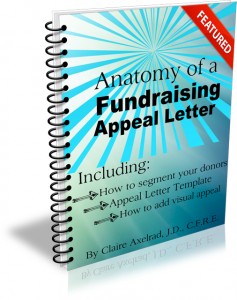
This 62-page e-Guide is a surprisingly quick read — and a true road map to creating a winning fundraising appeal
Having trouble knowing where to begin? Could your appeal use a shot in the arm? You may find my Anatomy of a Fundraising Appeal Letter plus Sample Template helpful. This step-by-step guide to crafting a killer appeal letter or email appeal will help you take your appeal from colorless to captivating. I guarantee you’ll raise more money if you follow these guidelines.
Also, if you need just a little guidance establishing priorities, figuring out how to navigate a tricky situation, or getting rid of stuff that’s weighing you down and getting in the way of moving forward, you may benefit from my Hour of Power. I’m really good at reading between the lines and getting to the crux of the matter. At least that’s what people tell me! I promise to give you some clear actionable insights and next steps.
To your success!
Image: Three San Francisco Hearts. DOdici;Such Great Heights-I; Such Great Heights-II. Benefit for S.F. General Hospital Foundation
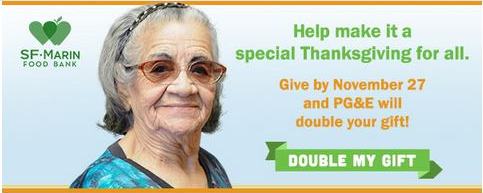

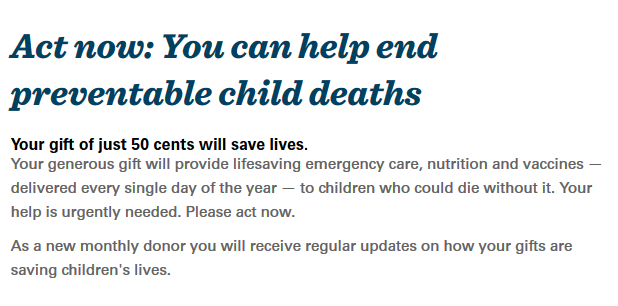
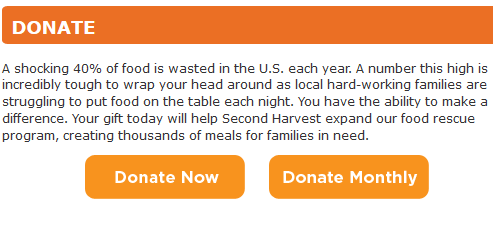

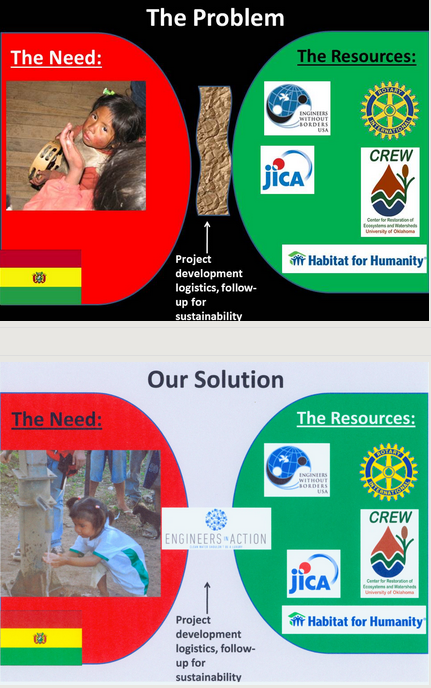


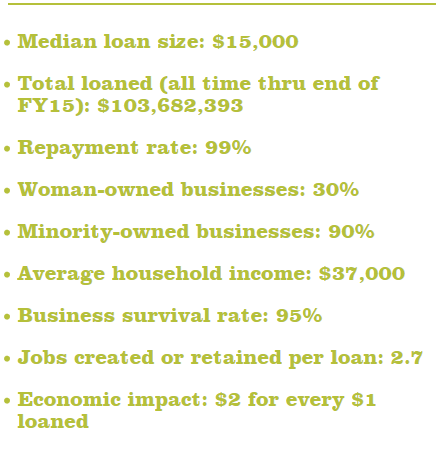
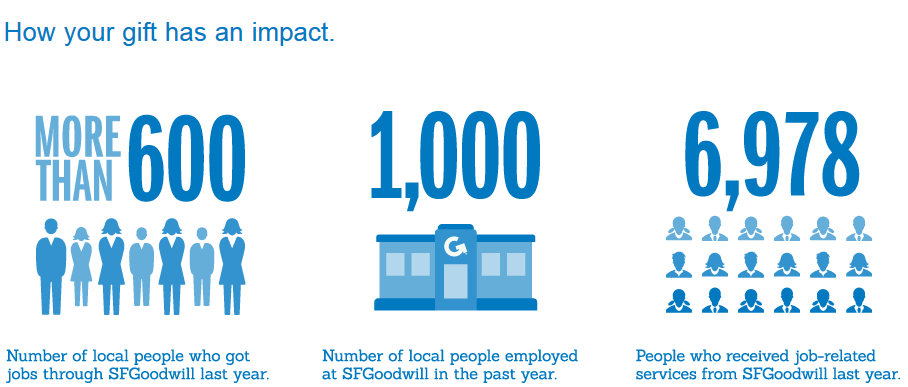





Excellent compilation, Claire — including the Hour of Power offer. Fine work — thank you!
Thanks Craig. 🙂